Email from Japanese gov’t officials says high density radiation will be released May 8 if situation continues
The Phantom Draft Energy Agency, Taro Kono, member of Japan’s House of Representatives, May 5, 2011:
The Google translation is choppy, but this one is offered by a reader of the site..
My partner who is Japanese brought this blog post to my attention. It is from Taro Kono, who is in the house of representatives (LDP, opposition to current government):
In particular this section:
“エネ庁の若手官僚から添付ファイルが3通ついたメールが来た。 その一 5月1日の政府・東電統合本部全体会合の議事録。 『このままいくと8日にも高濃度の放出が行われる。』 『細野補佐官から,本件は熱交換機の設置といった次のステップに進む上で非常に重要である,また,(今後,放射性物質が外に排出され得るという点で,)汚染水排出の際の失敗を繰り返さないよう,関係者は情報共有を 密に行い,高い感度を持って取り組んで欲しい,とする発言があった。』”
Translation (non-literal and our understanding):
I received 3 emails with attachments from junior government officials in the energy department.
The first email:
Minutes of meeting between TEPCO and the government on the 1st May. “If the current situation continues, high density radiation will be released on the 8th May.” “Mr Hosono said: It is very important to go to the next step regarding the installation of the heat exchanger machine. For the concerned parties, be careful of the sharing of information with high sensitivity so that the same mistakes aren’t made again like the release of the radiated water previously.
The second and third emails aren’t related so we didn’t translate it. It isn’t clear from the text the way the radiation will be released. ie airborne or via water.
The aforementioned energy department English homepage is this: http://www.enecho.meti.go.jp/english/index.htm
Perhaps those who are following the work and/or parameters of the reactors could hypothesise what they are thinking about doing.
"High Density Radiation" is a very unsettling term. I'm hoping it's less serious than it sounds.
Fukushima Groundwater Contamination Worst in Nuclear History Latest video from Arnie Gundersen.
Ventilation system started at Fukushima No. 1 reactor
Report: More lax safety management exposed at Japan nuclear plant
Some 800 workers at a damaged Japanese nuclear plant only recently began to receive medical checkups, nearly two months after the nation's worst nuclear accident started, a news report said Saturday.
..
For almost two months,they did not undergo regular health checkups, Kyodo News reported citing TEPCO officials.
The Health Ministry had initially only required checks to be performed after the crisis was over, assuming a short-term emergency, Kyodo reported.
Thirty workers have been exposed to more than 100 millisieverts of cumulative radiation and many of them received their first examinations only this month, the officials said.
..
Although six workers had been exposed to more than 100 millisieverts of radiation as of March 19, no checkups were conducted, prompting the ministry to issue its updated directive more than a month later, the officials said.
Japan's Prime Minister Shuts Nuclear Plant in Earthquake Danger Zone
TOKYO, Japan, May 6, 2011 (ENS) - For fear of earthquakes, Prime Minister Naoto Kan has asked for a shut down of all active reactors at a nuclear power plant on Japan's Pacific coast.
The Prime Minister Friday asked Chubu Electric Power Co., operator of the Hamaoka nuclear plant to halt two operating reactors and not to restart a third, which is offline for a regular inspection. The plant's other two reactors are shut down for decommissioning.
"If there were a major accident at the Hamaoka nuclear plant, it would have an enormous impact on the entire Japanese society," Kan told reporters in a televised news conference.
Hamaoka's five reactor complex is in Omaezaki City, in the Tokai region of Shizuoka prefecture. Japan's science ministry has projected an 87 percent chance of a magnitude 8.0 quake striking the Tokai region within the next 30 years.
The Phantom Draft Energy Agency, Taro Kono, member of Japan’s House of Representatives, May 5, 2011:
The Google translation is choppy, but this one is offered by a reader of the site..
My partner who is Japanese brought this blog post to my attention. It is from Taro Kono, who is in the house of representatives (LDP, opposition to current government):
In particular this section:
“エネ庁の若手官僚から添付ファイルが3通ついたメールが来た。 その一 5月1日の政府・東電統合本部全体会合の議事録。 『このままいくと8日にも高濃度の放出が行われる。』 『細野補佐官から,本件は熱交換機の設置といった次のステップに進む上で非常に重要である,また,(今後,放射性物質が外に排出され得るという点で,)汚染水排出の際の失敗を繰り返さないよう,関係者は情報共有を 密に行い,高い感度を持って取り組んで欲しい,とする発言があった。』”
Translation (non-literal and our understanding):
I received 3 emails with attachments from junior government officials in the energy department.
The first email:
Minutes of meeting between TEPCO and the government on the 1st May. “If the current situation continues, high density radiation will be released on the 8th May.” “Mr Hosono said: It is very important to go to the next step regarding the installation of the heat exchanger machine. For the concerned parties, be careful of the sharing of information with high sensitivity so that the same mistakes aren’t made again like the release of the radiated water previously.
The second and third emails aren’t related so we didn’t translate it. It isn’t clear from the text the way the radiation will be released. ie airborne or via water.
The aforementioned energy department English homepage is this: http://www.enecho.meti.go.jp/english/index.htm
Perhaps those who are following the work and/or parameters of the reactors could hypothesise what they are thinking about doing.
"High Density Radiation" is a very unsettling term. I'm hoping it's less serious than it sounds.
Fukushima Groundwater Contamination Worst in Nuclear History Latest video from Arnie Gundersen.
Ventilation system started at Fukushima No. 1 reactor
Report: More lax safety management exposed at Japan nuclear plant
Some 800 workers at a damaged Japanese nuclear plant only recently began to receive medical checkups, nearly two months after the nation's worst nuclear accident started, a news report said Saturday.
..
For almost two months,they did not undergo regular health checkups, Kyodo News reported citing TEPCO officials.
The Health Ministry had initially only required checks to be performed after the crisis was over, assuming a short-term emergency, Kyodo reported.
Thirty workers have been exposed to more than 100 millisieverts of cumulative radiation and many of them received their first examinations only this month, the officials said.
..
Although six workers had been exposed to more than 100 millisieverts of radiation as of March 19, no checkups were conducted, prompting the ministry to issue its updated directive more than a month later, the officials said.
Japan's Prime Minister Shuts Nuclear Plant in Earthquake Danger Zone
TOKYO, Japan, May 6, 2011 (ENS) - For fear of earthquakes, Prime Minister Naoto Kan has asked for a shut down of all active reactors at a nuclear power plant on Japan's Pacific coast.
The Prime Minister Friday asked Chubu Electric Power Co., operator of the Hamaoka nuclear plant to halt two operating reactors and not to restart a third, which is offline for a regular inspection. The plant's other two reactors are shut down for decommissioning.
"If there were a major accident at the Hamaoka nuclear plant, it would have an enormous impact on the entire Japanese society," Kan told reporters in a televised news conference.
Hamaoka's five reactor complex is in Omaezaki City, in the Tokai region of Shizuoka prefecture. Japan's science ministry has projected an 87 percent chance of a magnitude 8.0 quake striking the Tokai region within the next 30 years.










































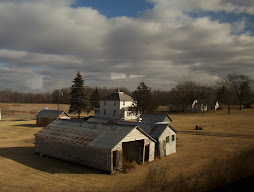




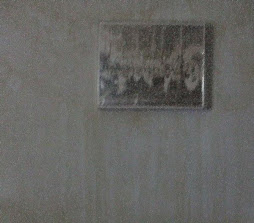





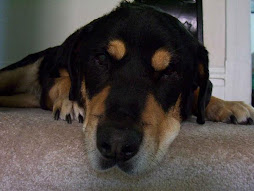
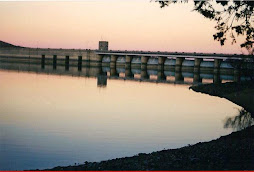







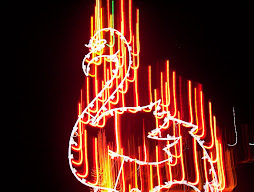






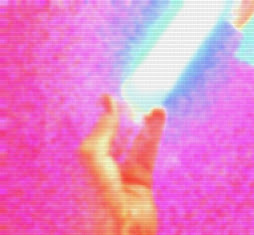
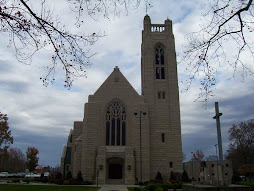









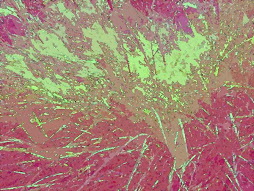
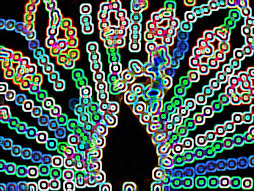









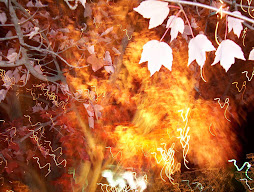









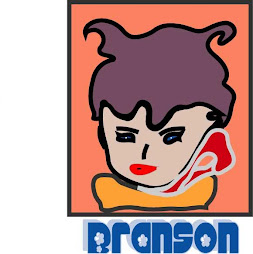



No comments:
Post a Comment